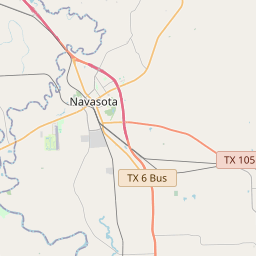Salem Lutheran Cemetery







To address the problem of cemetery destruction and to record as many cemeteries as possible, the Texas Historical Commission offers the Historic Texas Cemetery designation.
The Historic Texas Cemetery designation was developed in 1998 to help protect historic cemeteries by recording cemetery boundaries in county deed records to alert present and future owners of land adjacent to the cemetery of its existence. Every county in Texas has at least one cemetery designated as a Historic Texas Cemetery through this program. The HTC designation is the first step toward preservation of a historic cemetery.
A cemetery is eligible for designation if it is at least 50 years old and is deemed worthy of recognition for its historical associations. The very nature of a cemetery being a landmark of a family’s or community’s presence is considered to validate the criteria of historical associations. Any individual, organization, or agency may submit a request for designation.
The discovery of oil in 1901 near Beaumont, Texas, sparked an oil boom that transformed the state's economy and led to the rise of the modern petroleum industry.
In its early years, Grimes County played a significant role in the development of the Republic of Texas. It served as an important transportation hub due to its location on the Old San Antonio Road, which connected the different regions of Texas. The construction of the Houston and Texas Central Railroad in the 1850s further enhanced the county's connectivity and promoted economic growth.
The county was not immune to the impact of the American Civil War, which deeply affected Texas as a whole. Grimes County saw its fair share of battles and skirmishes, and many local men enlisted in the Confederate Army. Following the war, the county experienced a period of recovery and reintegration into the post-war society.
Throughout the 20th century, Grimes County has evolved into an important agricultural and industrial center. The growth of the timber industry and the discovery of oil and natural gas reserves in the area brought economic prosperity to the county. Today, Grimes County continues to thrive as a vibrant community, drawing visitors with its beautiful scenery, historical landmarks, and diverse cultural heritage.
Grimes County Timeline
This timeline provides a concise overview of the key events in the history of Grimes County, Texas.
- 1821: Grimes County, Texas, was established as a part of Mexico's Coahuila y Tejas province.
- 1830: The population of Grimes County experienced significant growth due to the influx of American settlers.
- 1836: Texas declared independence from Mexico, leading to the Texas Revolution.
- 1837: Grimes County was officially formed and named after Jesse Grimes, a signer of the Texas Declaration of Independence.
- 1850: The advent of railroads in Grimes County resulted in increased trade and economic development.
- 1861: Texas seceded from the United States and joined the Confederate States of America at the start of the Civil War.
- 1867: Reconstruction efforts began after the end of the Civil War, aiming to rebuild the county's economy and infrastructure.
- 1873: Navasota became the county seat, replacing Anderson.
- 1881: The Houston and Texas Central Railway reached the town of Plantersville, further boosting the area's growth.
- 1900: The Galveston hurricane of 1900 caused significant devastation in Grimes County and the surrounding region.
- 1930s: The Great Depression had a major impact on Grimes County, leading to economic hardships and agricultural decline.
- 1942: The U.S. Army established Camp Hearne in Grimes County during World War II as a prisoner of war camp.
- Present: Grimes County continues to be a rural area with agriculture as a significant part of its economy.